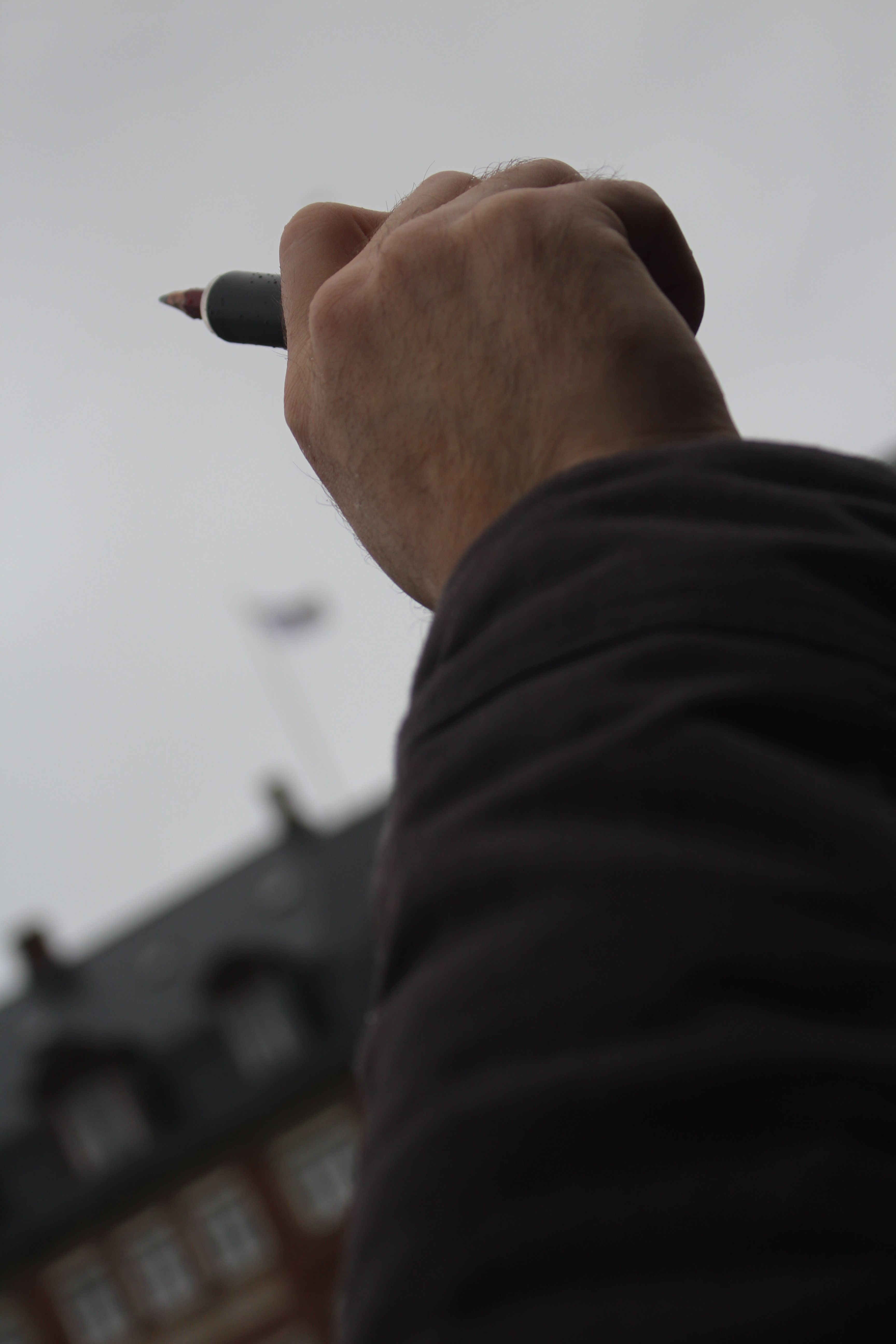A decade after the Mohammed drawings were printed by Jyllands-Posten, eventually sparking an international crisis in early 2006, Danish Muslims remain steadfast in their convictions.
A new survey by Wilke reveals that precisely ten years after the cartoons first appeared in Jyllands-Posten, 93 percent of Danish Muslims believe the newspaper was wrong to publish the controversial drawings.
Conversely, there are an increased number of non-Muslim Danes who believe Jyllands-Posten was correct to publish the drawings.
Some 57.6 percent said it was right to print the drawings, compared to the 47 percent who felt the same back in 2006.
READ MORE: Ten years on: Editors reflect on Mohammed cartoon crisis
Cultural differnce
Jens Peter Frølund Thomsen, a professor of political science at Aarhus University, argued the figures reflect a cultural difference between the two groups.
”There are clearly different views on this: our political culture versus religion-founded rules,” Thomsen told Jyllands-Posten. “The Danes defend the freedom of speech and Danish Muslims do so to much less of a degree.”












